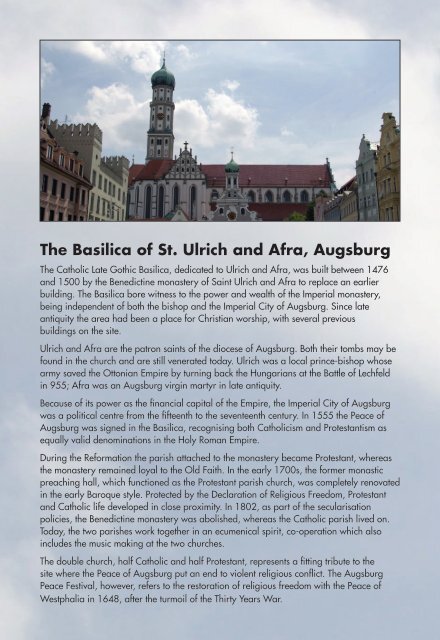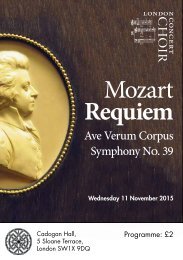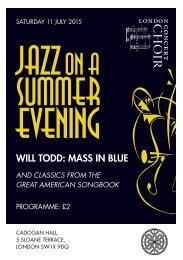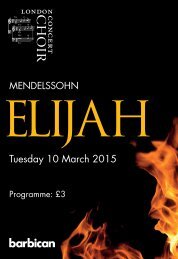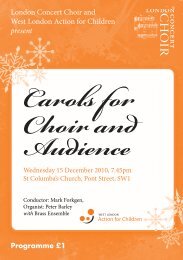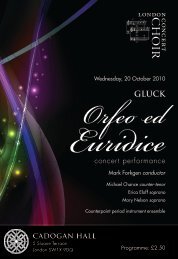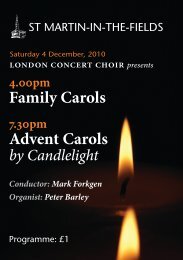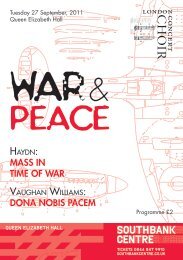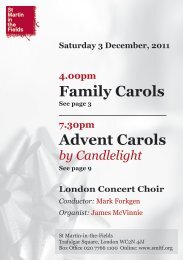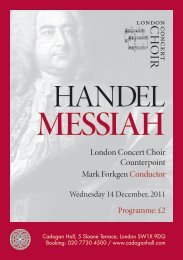You also want an ePaper? Increase the reach of your titles
YUMPU automatically turns print PDFs into web optimized ePapers that Google loves.
The Basilica of St. Ulrich and Afra, Augsburg<br />
The Catholic Late Gothic Basilica, dedicated to Ulrich and Afra, was built between 1476<br />
and 1500 by the Benedictine monastery of Saint Ulrich and Afra to replace an earlier<br />
building. The Basilica bore witness to the power and wealth of the Imperial monastery,<br />
being independent of both the bishop and the Imperial City of Augsburg. Since late<br />
antiquity the area had been a place for Christian worship, with several previous<br />
buildings on the site.<br />
Ulrich and Afra are the patron saints of the diocese of Augsburg. Both their tombs may be<br />
found in the church and are still venerated today. Ulrich was a local prince-bishop whose<br />
army saved the Ottonian Empire by turning back the Hungarians at the Battle of Lechfeld<br />
in 955; Afra was an Augsburg virgin martyr in late antiquity.<br />
Because of its power as the financial capital of the Empire, the Imperial City of Augsburg<br />
was a political centre from the fifteenth to the seventeenth century. In 1555 the Peace of<br />
Augsburg was signed in the Basilica, recognising both Catholicism and Protestantism as<br />
equally valid denominations in the Holy Roman Empire.<br />
During the Reformation the parish attached to the monastery became Protestant, whereas<br />
the monastery remained loyal to the Old Faith. In the early 1700s, the former monastic<br />
preaching hall, which functioned as the Protestant parish church, was completely renovated<br />
in the early Baroque style. Protected by the Declaration of Religious Freedom, Protestant<br />
and Catholic life developed in close proximity. In 1802, as part of the secularisation<br />
policies, the Benedictine monastery was abolished, whereas the Catholic parish lived on.<br />
Today, the two parishes work together in an ecumenical spirit, co-operation which also<br />
includes the music making at the two churches.<br />
The double church, half Catholic and half Protestant, represents a fitting tribute to the<br />
site where the Peace of Augsburg put an end to violent religious conflict. The Augsburg<br />
Peace Festival, however, refers to the restoration of religious freedom with the Peace of<br />
Westphalia in 1648, after the turmoil of the Thirty Years War.


